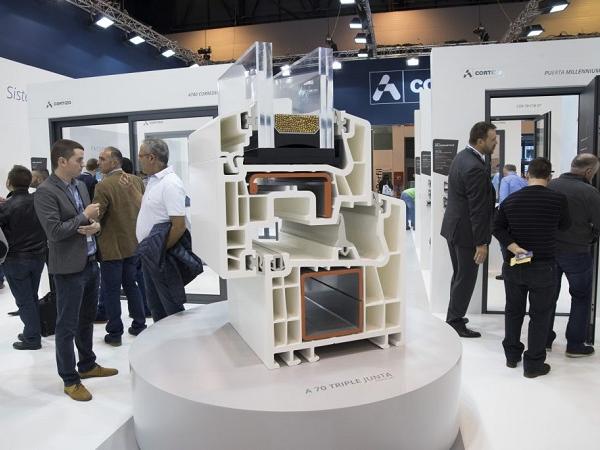
Date: 6 August 2018
The good moment of the sector can be seen in the next edition of the International Window, Façade and Solar Protection Exhibition, VETECO 2018, organised by IFEMA, and promoted by the ASEFAVE employers’ association, the Spanish Association of Manufacturers of Light Façades and Windows. The Exhibition will be held within the framework of ePower & Building – together with CONSTRUTEC, BIMEXPO, ARCHISTONE, MATELEC and MATELEC LIGHTING -, between the 13th and 16th of November, at Feria de Madrid.
According to the analysis of ASEFAVE on the tendencies in the envelop sector, we are now seeing how the materials that are considered as traditional ones are reaching very high levels of provisions on their own and the next step is to combine them to obtain the best of both worlds in a new package, achieving global solutions with the best features. These hybrid solutions are more and more common in window profiling, as we wait for new materials to be competitively developed which are nowadays external to our sector.
What is hoped to have a greater evolution in the short term is glazing. The trend is to gain new features that, maintaining the current heightened levels of provisions through the use of layers of glass, will allow for different new applications. Along with this effect, active glass will be developed whose features will be varied, thanks to its composition, depending on the environmental requirements surrounding the building, as well as the needs that users have.
Fusions are also being seen on façades which was talked about for window profiling. The envelops tend to be multi-material and the architects design different configurations of materials on the façades of any one building.
The curtain wall follows the evolution of its components, whilst the ventilated façade is seeing how a large number of materials are used for new application, as many of the solutions’ origins are in traditional materials, but with other more common uses (stone, ceramic, timber derivatives, developed soil…) like flooring or tiling.
All these types are complemented by a greater contribution of the dynamic management of solar control. Again, we are facing different ways to use the traditional products, whilst new ones also appear. And it is not only the use of automation in houses and buildings, but also the possibility of implementing these products remotely on-line and in real time, without the need of the user being physically present in order to activate the elements. This does not only contribute to savings and energy efficiency in houses and buildings, but it also heightens the safety of its occupants.
The sector is used to offering certain provisions which are more and more demanding through its products; the challenge is to adapt to the new legislation demands whereby the user’s global comfort, contribution to sustainability and a lower impact on waste will be the future driving forces behind innovation. Products that positively contribute to the health and well-being of people (eliminating bacteria), the environment (photocatalytic materials) with low maintenance and the highest level of recyclability are needed.
The sector also needs to jump on the 4.0 industry bandwagon, as a sizeable portion of the expected developments are based on a greater digital use, and it will have to be seen how 3D printing and the end user participating in the design of the products are brought in, moving from a mass production to a more personalised production method.
But not only the products have to adapt to the new demands; the professionals in charge of installing, maintaining and renovating them must also be up-to-date on the said products. As noted, it can be seen that the traditional trade skills have to be complemented by digital knowledge. Buildings are going to be more and more connected and the products that are part of them, according to their features, are too, in quite an intensive way, so they need to incorporate all this technological capacity potential.
Some of these elements will already be able to be seen at VETECO 2018 next November, but surely in the short-term future, we will see others that are difficult to imagine at the moment, such as moving from a mass production to a more personalised production method.
 600450
600450

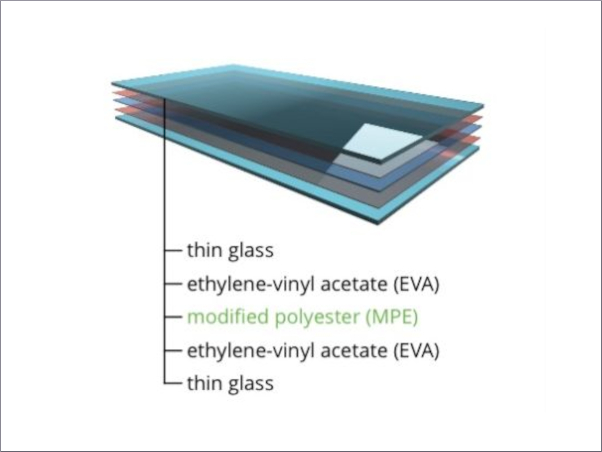
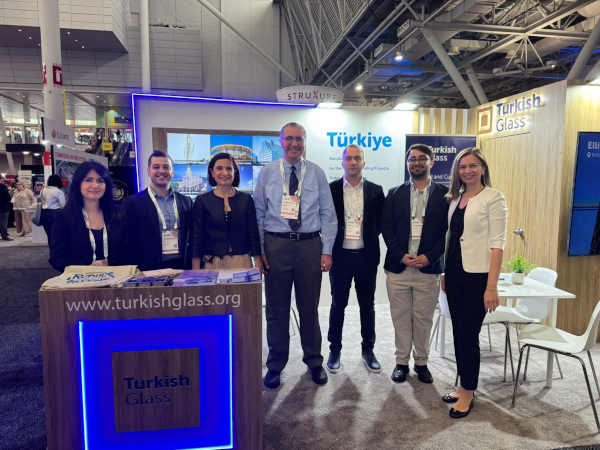
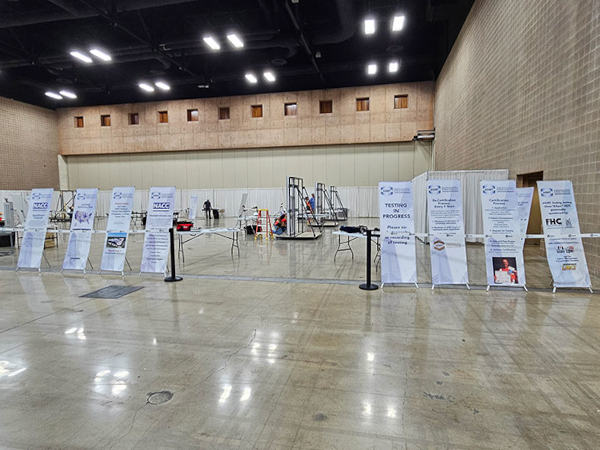


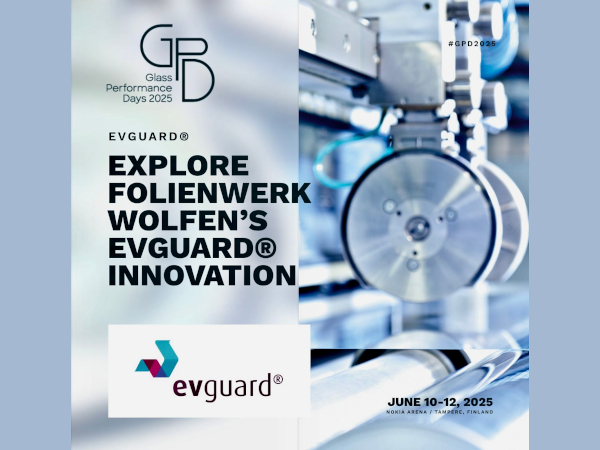







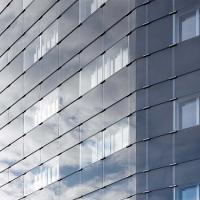




Add new comment